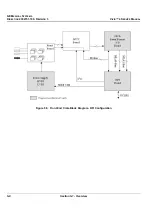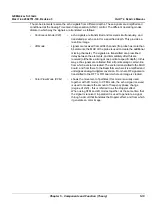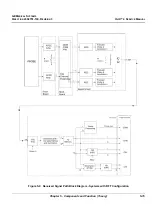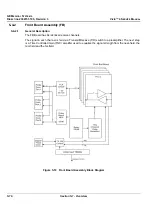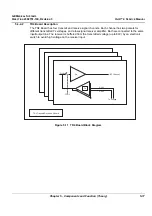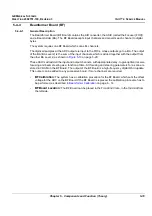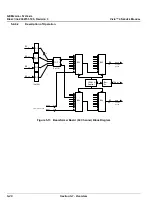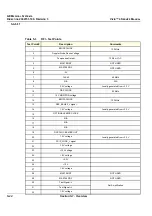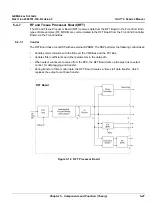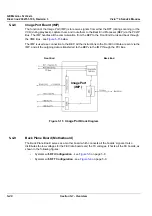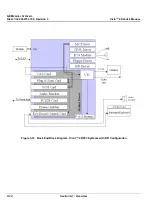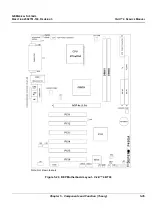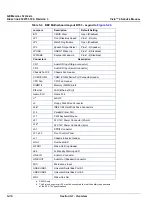
GE M
EDICAL
S
YSTEMS
D
IRECTION
2392751-100, R
EVISION
3
V
IVID
™ 4 S
ERVICE
M
ANUAL
5-22
Section 5-1 - Overview
5-4-5-4
Data Buffer
After RF filtering, the data is written into different sliding ring buffers, dedicated to the different types of
data. While data is written into the buffers sample-by-sample in vectors, multiple samples from the same
range (depth) can be read out.
Both input addressing (start and length) and output addressing (through output events) are controlled
by the RFI board itself.
5-4-5-5
Tissue Processing
A number of different tissue processes are performed on the RFI board:
1.) Firstly, the signal amplitude is obtained by
detection
.
2.) Then the data is compressed to attenuate the strong signals and amplify the low level echoes.
3.) After compression,
Zone Stitching
is performed. Zone Stitching is used to combine the (transmit)
focal zones from different vectors into one vector by weighting the zone transitions, and only applies
to phased/linear array probes where multiple vectors can be collected in the same direction.
For M-Mode,
peak detection
and
edge enhancement
is implemented.
4.) Finally, in some cases, an offset can be added to the signal and clipping is performed.
5-4-5-6
Color Flow Processing
No Color Flow processing is performed here, except for the RF demodulation previously mentioned.
The data used for Color Flow is tagged with the appropriate headers and tails and sent to the Back-End
Processor (BEP).
5-4-5-7
Doppler Data
On the RFI board, Doppler Data is high pass filtered (to remove strong low frequencies returned from
wall motion, valves and leaflets) and then sent to the BEP, and to Audio Circuitry on the KB Control
Board.
5-4-5-8
System Temperature Surveillance
The RFI board monitors the temperature in the airflow at the air intake, and in the airflow at the air outlet.
These measurements make it possible to monitor the environmental conditions (temperatures) for the
scanner and prevents overheating.
5-4-5-9
Probe Management
The RFI board performs the following probe management functions:
•
Controls the selection of a probe connector
•
Senses the Probe
type
•
Senses the Scan Plane Angle on MPTE and PAMPTE probes
•
Senses the Probe
temperature
•
Turns OFF the probe if the temperature exceeds the
maximum
temperature.
The temperature references are set to 41.3
o
C and 43.0
o
C.
•
Turns OFF the probe if the temperature reading falls below
minimum
temperature
The minimum temperature references is set to15
o
C. A temperature reading as low as 15
o
C
indicates a probe temperature-sensing error.

